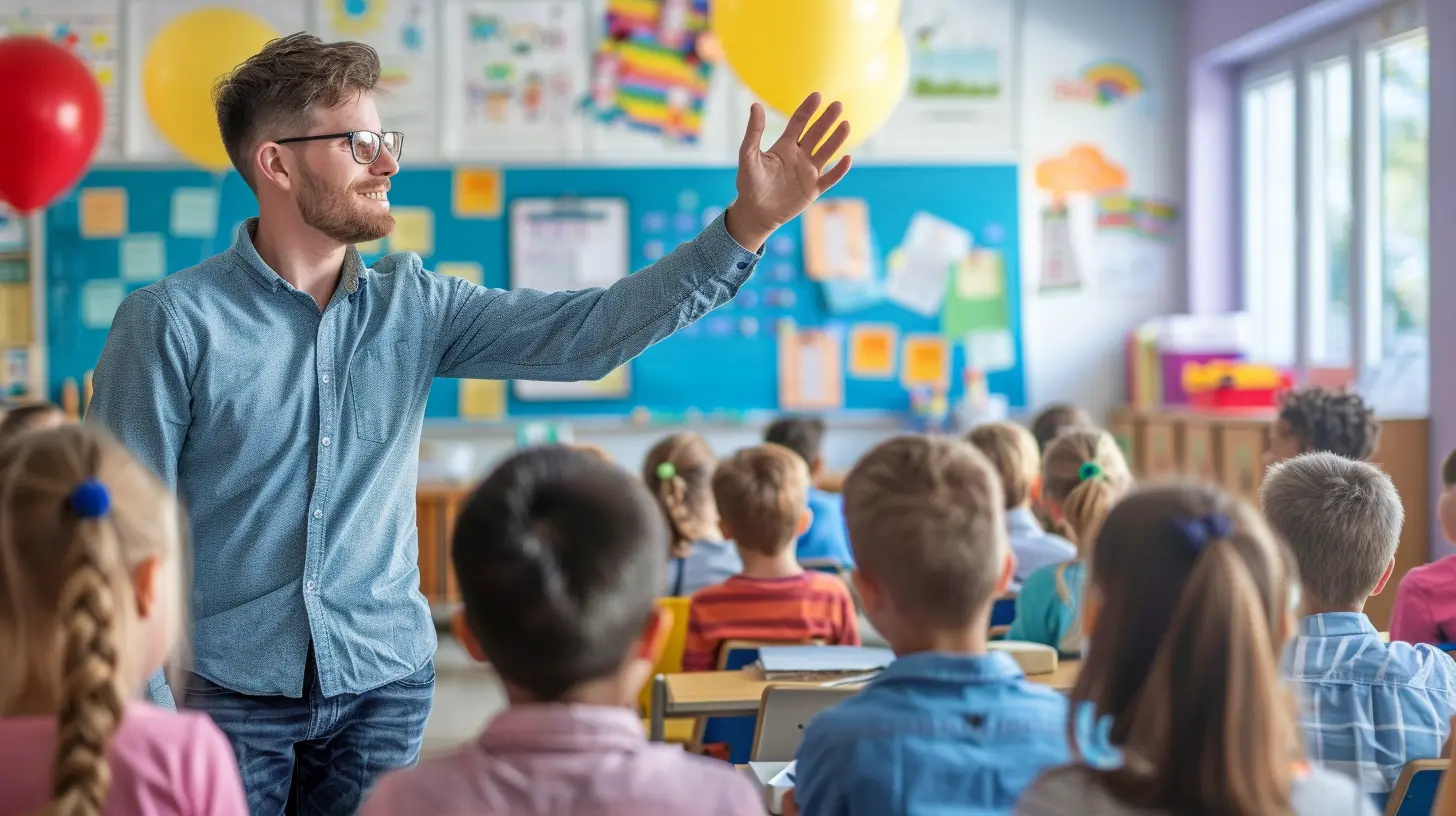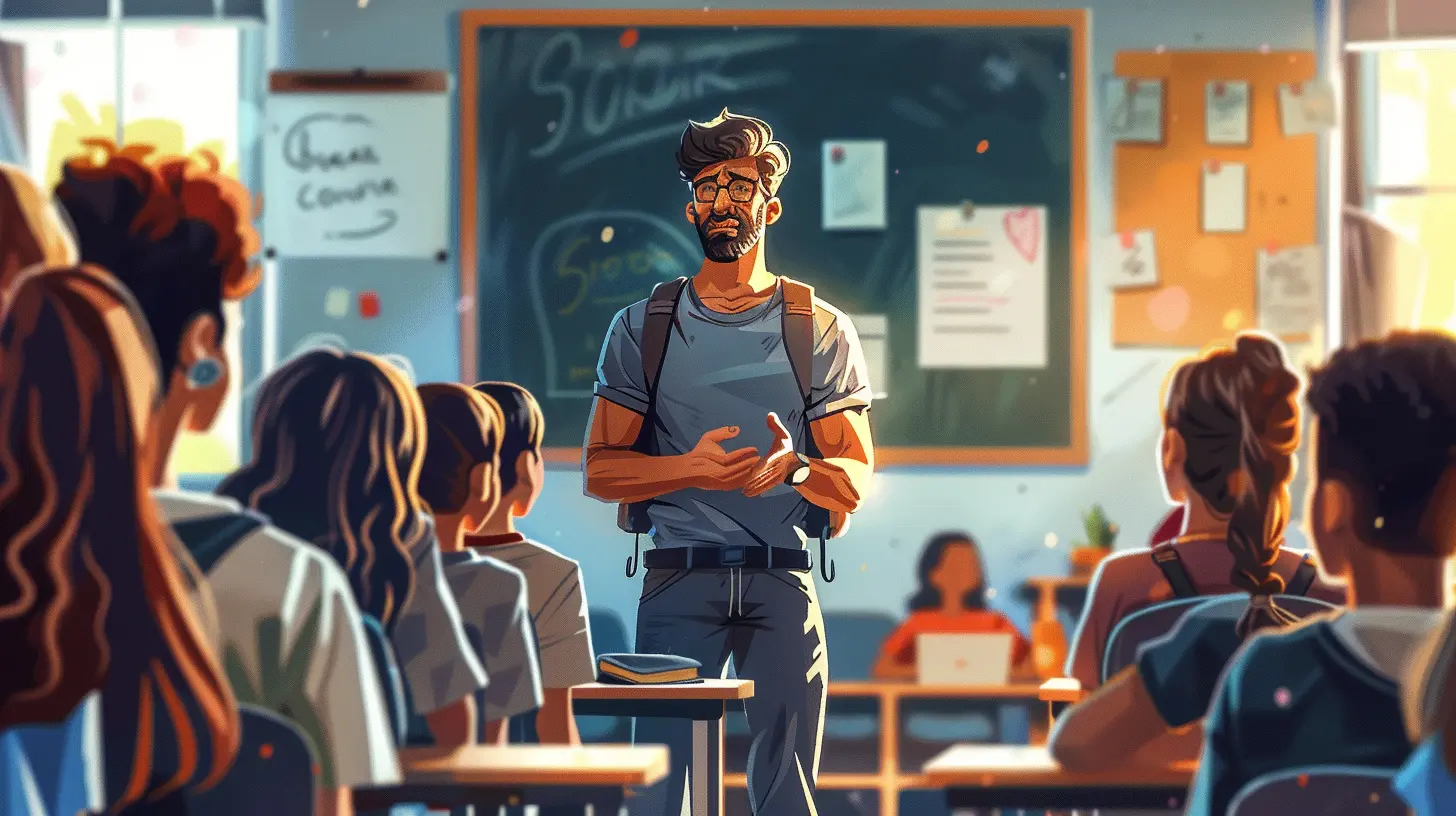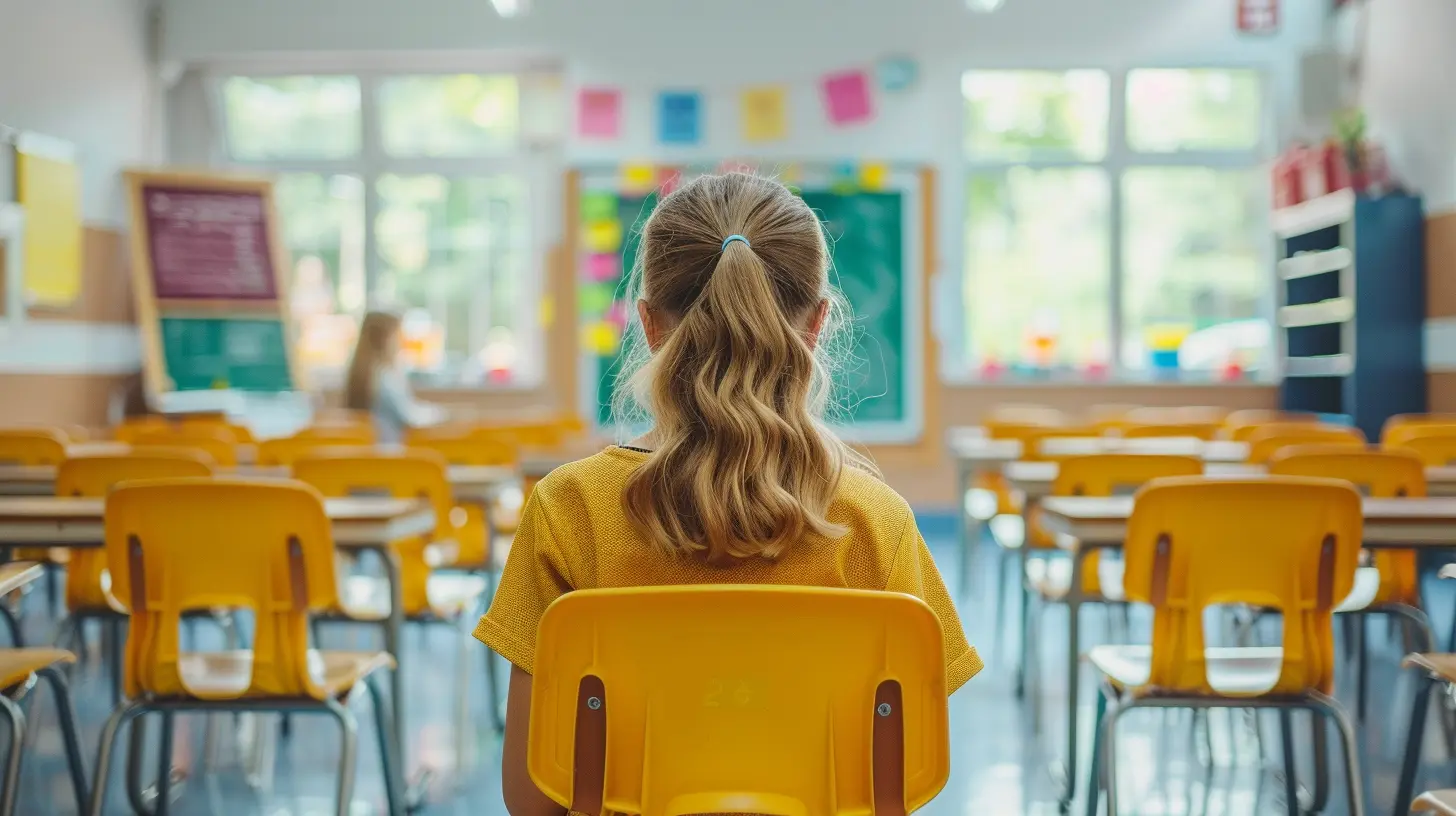Building Student Accountability with Effective Consequences
30 June 2025
Accountability is a fundamental part of a student’s success. But let’s be honest—getting students to take responsibility for their actions isn’t always easy. Some students naturally hold themselves accountable, while others need more guidance. So how do we help them? By implementing effective consequences that encourage responsibility rather than provoke resistance.
If you're tired of repeating yourself or chasing after students to follow through, this guide is for you. Let’s dive into how we can build student accountability with meaningful and effective consequences.

Why Accountability Matters in Education
Accountability isn't just about following rules; it’s about preparing students for life. When students learn responsibility in school, they develop essential life skills like discipline, time management, and integrity.Think about it—would you rather work with someone who owns up to their mistakes or someone who constantly makes excuses? Schools are the training ground for real-world responsibility, and it all starts with holding students accountable for their actions.
The Common Struggles with Student Accountability
Before we explore solutions, let's identify the common roadblocks:- Lack of Motivation – Some students just don’t see the point in being accountable.
- Inconsistent Consequences – If students notice that consequences aren't always enforced, they won’t take them seriously.
- Fear of Failure – Some students avoid responsibility because they’re afraid of making mistakes.
- External Blame – Blaming teachers, parents, or peers is easier than accepting personal responsibility.
Addressing these challenges takes structured consequences that not only correct behavior but also teach valuable lessons.

The Role of Consequences in Student Accountability
Consequences shape behavior, but not all consequences are created equal. There’s a big difference between punishment and responsibility-building consequences.- Punishment: Aims to control through fear or discomfort (e.g., detention with no lesson).
- Responsibility-Building Consequences: Helps students connect actions to outcomes (e.g., redoing an assignment correctly instead of just getting a failing grade).
The goal isn’t to make students suffer—it’s to help them understand, learn, and do better next time.

Characteristics of Effective Consequences
Not all consequences work. The best ones are:1. Logical and Related to the Behavior
If a student doesn’t complete homework, making them stay after school to think about their mistakes won't help. Instead, requiring them to complete the missing work reinforces accountability.2. Consistent
Ever noticed how students quickly figure out which rules are “real” and which ones they can bend? If a consequence is only enforced sometimes, students won’t take it seriously. Be firm and follow through every time.3. Timely
Immediate consequences are far more effective than delayed ones. If a student disrupts class on Monday, but the consequence happens on Friday, the lesson loses impact. The closer the consequence is to the behavior, the stronger the connection.4. Balanced
Not every mistake deserves the harshest penalty. Consequences should match the severity of the behavior. Small infractions? Small consequences. Bigger issues? More significant responses.5. Opportunities for Reflection and Growth
Rather than just telling students they did something wrong, ask them to reflect:- “What happened?”
- “Why was this a problem?”
- “What can you do differently next time?”

Types of Effective Consequences for Students
Now that we understand what makes consequences effective, let’s look at some strategies that work in real classrooms.1. Natural Consequences: Let Reality Teach the Lesson
Some of the best lessons come from real-world consequences. If a student refuses to study for a test, their grade will naturally suffer. This isn’t about punishment—it’s about experiencing the real result of their choices.Example: A student forgets their project at home. Instead of calling a parent to bring it, they accept the late penalty. Next time, they’ll likely double-check before leaving the house.
2. Restorative Consequences: Fixing the Mistake
If a student’s actions negatively impact others, they should take steps to repair the situation.Example: If a student writes on a desk, they should clean it. If they hurt someone’s feelings, they should apologize. This teaches accountability without shaming them.
3. Loss of Privileges: Connecting Actions to Rewards
Privileges are earned, not given. When students abuse a privilege, they lose access to it until they show responsibility.Example: A student who constantly misuses their technology privilege might lose computer access for a day.
4. Logical Consequences: Connecting Cause and Effect
These consequences directly relate to the behavior in a meaningful way.Example: If a student talks instead of working, they might have to finish their assignment during free time to catch up.
5. Increased Responsibility: Encouraging Leadership Growth
Instead of taking privileges away, some students benefit from more responsibility. Giving them leadership roles can sometimes inspire better behavior.Example: A student who disrupts discussions might be assigned to lead a group discussion. This flips their behavior from disruptive to constructive.
Preventative Strategies for Increasing Accountability
While consequences are important, proactive strategies can prevent repeated issues. Here’s how:1. Clear Expectations
If students don’t know what’s expected, they can’t meet those expectations. Be clear about:- Classroom rules
- Assignment deadlines
- Behavioral expectations
Review them often so there’s no confusion.
2. Student Check-Ins
Regular one-on-one check-ins help students reflect on their progress. Ask about their struggles, goals, and what they need to stay accountable.3. Positive Reinforcement
Accountability isn’t just about consequences—it’s also about rewarding responsible behavior. Praise students when they follow through, so they associate responsibility with positive outcomes.4. Modeling Accountability
Students look to adults for cues on how to behave. If teachers admit when they make mistakes, students learn that accountability applies to everyone.Example: If a teacher misplaces a student’s paper, owning up to the mistake and fixing it models accountability.
5. Parent-Teacher Collaboration
Accountability doesn’t stop at the classroom door. Keeping parents informed and involved ensures consistency at home and at school.Handling Pushback: What If Students Resist?
Spoiler alert—some students will resist accountability. They might argue, deflect blame, or shut down. Here’s how to handle it:- Stay Calm: Emotional reactions can escalate situations. Keep responses neutral and focused on the behavior, not personal attacks.
- Stick to the Facts: “You didn’t complete your project” is better than “You’re irresponsible.”
- Offer Choices: Giving students options within the consequence can help them feel a sense of control.
- Follow Through: If you allow students to talk their way out of consequences once, they’ll try again.
Accountability isn’t just a one-time lesson—it’s built over time. Expect setbacks but stay consistent.
Conclusion
Building student accountability takes patience and consistency, but it pays off in the long run. By using effective consequences, we teach students that their choices matter, both in the classroom and beyond.At the end of the day, we’re not just shaping students—we’re shaping future employees, leaders, and community members. And that’s a responsibility worth taking seriously.
all images in this post were generated using AI tools
Category:
Classroom ManagementAuthor:

Eva Barker
Discussion
rate this article
1 comments
Aubrey Duffy
This article highlights the importance of accountability in education. Effective consequences, when applied consistently, can foster responsibility and promote positive behavior among students.
July 11, 2025 at 3:16 AM

Eva Barker
Thank you for your insightful comment! I completely agree—consistent consequences are key to fostering responsibility and positive behavior in students.


